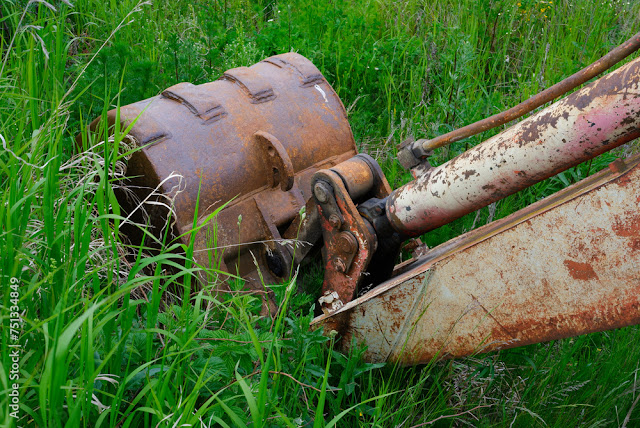No doubt we need a political and spiritual revolution!Hi there–
Christopher Alexander
As a builder, but also one who absolutely loves all of Christopher Alexander’s thinking, I can’t help but defend the builder side of the equation. The fact of the matter is, we must pay our workers. Even the hours where they weren’t fully productive, their mistakes, their sick days, their health insurance. All of this requires money. And money has limits, as you and your wife know, or else you wouldn’t have employed the help of a developer, or the plans that were sketched far away, used a hundred times over, and had no “I” in them. The struggle for us as builders, for you, for all living systems, is how to adapt to the limitations that surround us and still *make* something that brings wholeness, that brings life. In fact, somehow the theory needs to expand that the quality of sadness/the void, even the boundaries themselves, are thanks to acts of destruction, non-creation, obliteration. I must say, that after 10 years of blood, sweat, and many tears, we still don’t know how to make a construction process that feels “healing and whole,” unless, at the outset, there is mutual acceptance by all parties involved, that stress and limitation is part of the process. Construction is stressful for clients, stressful for workers and hard on their bodies, stressful for estimators and their capacity for risk, every phase is fraught with setbacks and obstacles. As much as I love Christopher Alexander, I’m disappointed that his theories of wholeness don’t seem to touch on this tension as much as need be. For example, the primary structures are themselves coping with tensions: the load bearing wall, the constraints of the weight of a roof, the need for light and yet also warmth. Being a builder is carrying the weight of many conflicting tensions: budget, market forces, workers, clients emotions, and simply how to get the thing built. I wonder if (and sort of know, in fact) much of the client tension is due to their not adapting to their own limitations: not choosing a structure simple enough to afford while still implementing the “I” and the natural contours needed to feel alive, choosing a competitive bidding process where each contractor is forced to be wheedled down to the bottom line, demanding kickbacks that induce stress and survival mode to the whole process. As consumers, we want the cathedrals and fortresses of kings (and their beauties) while not recognizing that we are confined to the wages of peasants, not conquerors. I’m sure most peasant homes are now demolished because, in the end, they didn’t possess the stature of those more formidable relics of beauty that took years of labor to unearth the resources, plan, and construct (and were the product of conquering peoples and treasure and political systems.) But it was the humble peasant home (if they had one) that the workers returned to after applying their masterful craft. I’m meandering, but all this to say: be gentle with the makers. And accept the forces of limitation as a responsibility. I do not mean to judge you and your wife— only to ask that you also not judge your builder for offering only what he, in his/her life, was able to contribute. - Courtg
Thursday, June 29, 2017
Awesome from Contractor Courtg
Subscribe to:
Post Comments (Atom)
Featured Post
Dagens demokrati kan ikke redde oss fra klimakrisen
Politikerne tror at løsningen på klimakrisen er å forsterke naturkrisen, ved å grave i filler naturen vår, for å plassere vindkraftverk på h...

-
From the PLANETIZEN May 24, 2010 Nikos Salingaros presents the case for demolishing a modernist eyesore in Rome and replacing it with a ...
-
By Christopher Alexander . Original text at First Things . Rose trellis of Generalife. It has taken me almost fifty years to unde...
-
Terningkast fem💓 Winter photography around the Stormyra Marshlands, part of the Totenåsen Hills, Norway, February 2025. Stock-bilde | Adobe...



No comments:
Post a Comment
Note: Only a member of this blog may post a comment.